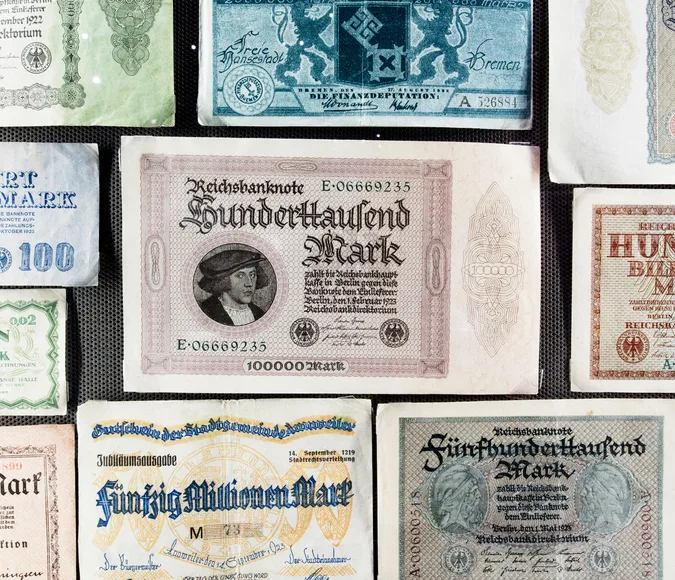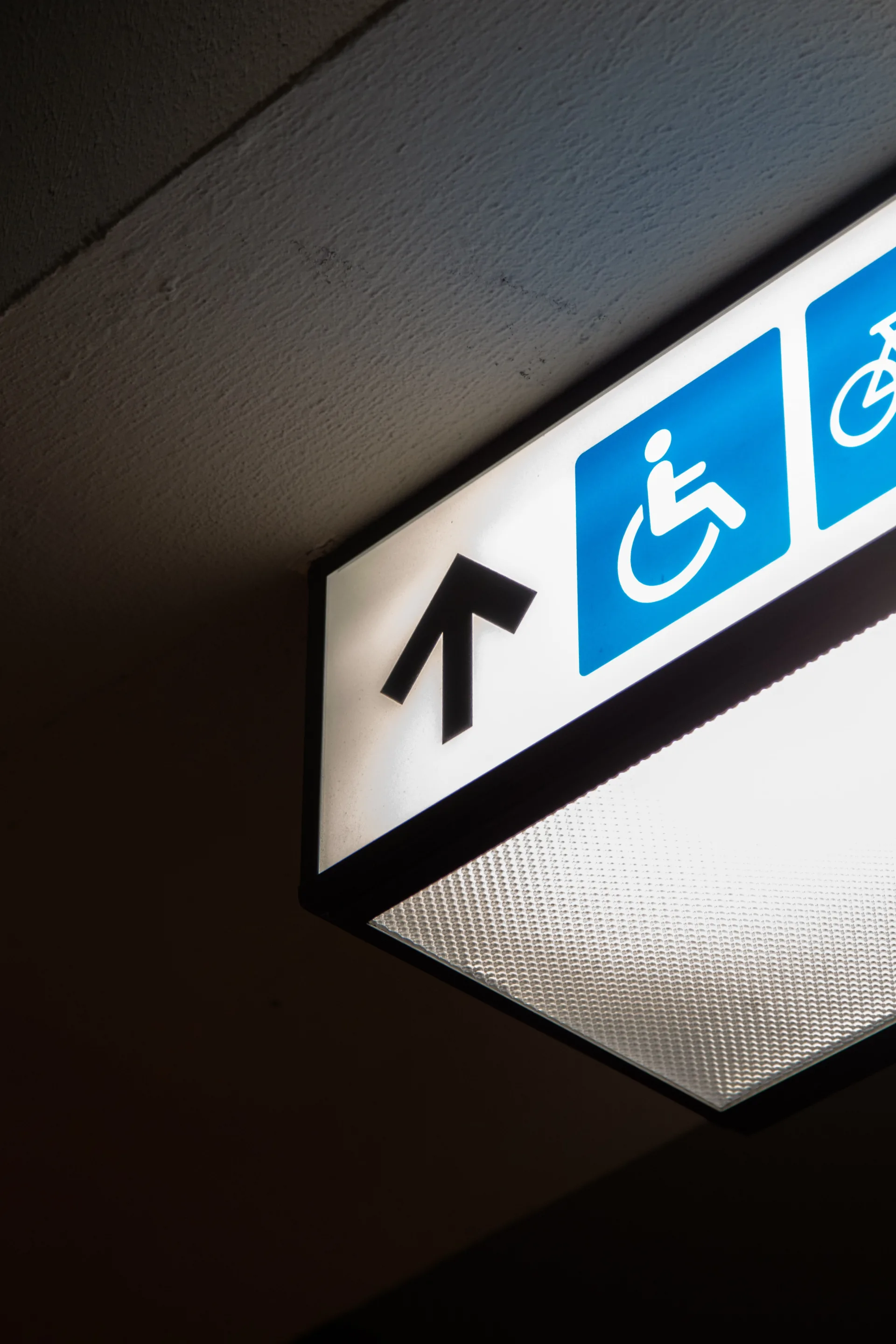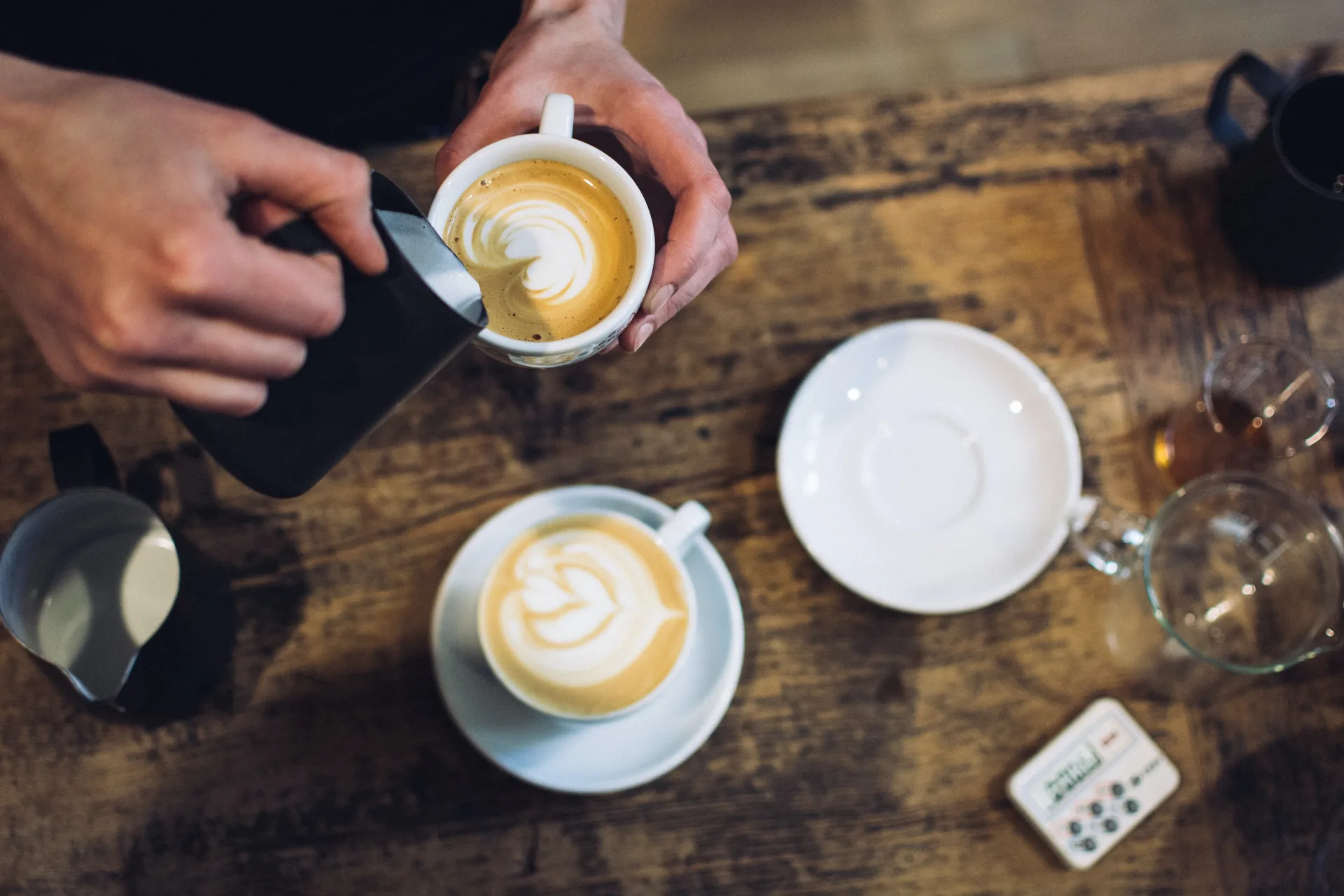What is numismatics?
Originally, numismatics was the study of coins. The first coin collectors lived in southern Europe during the Renaissance, in the 14th and 15th centuries. Coin collections were primarily owned by princes and other wealthy people. Many of their collections are the basis of the numismatic museum collections that exist today.
In the 16th century, numismatic literature was published for collectors and historians. Most of these writings focused on Roman coins. In the 17th and 18th centuries, the subject of numismatics also came to include the study of other means of payment, as well as medals.
Swedish Numismatics
In 1873, the Swedish Numismatic Society was founded. It aims to support numismatic research in Sweden and is open to anyone interested in numismatics. Until the 1950s, the number of collectors was still quite limited. The country’s improved economy, together with increased leisure time, has meant that interest in various forms of collecting has also increased rapidly. Today there are a number of local numismatic clubs and associations.
Do you want to learn more about numismatics?
The Swedish Numismatic Society supports numismatic research in Sweden and is open to anyone interested in numismatics. There are a number of local numismatic clubs and associations throughout Sweden.
Find out more about numismatics on the association’s website



